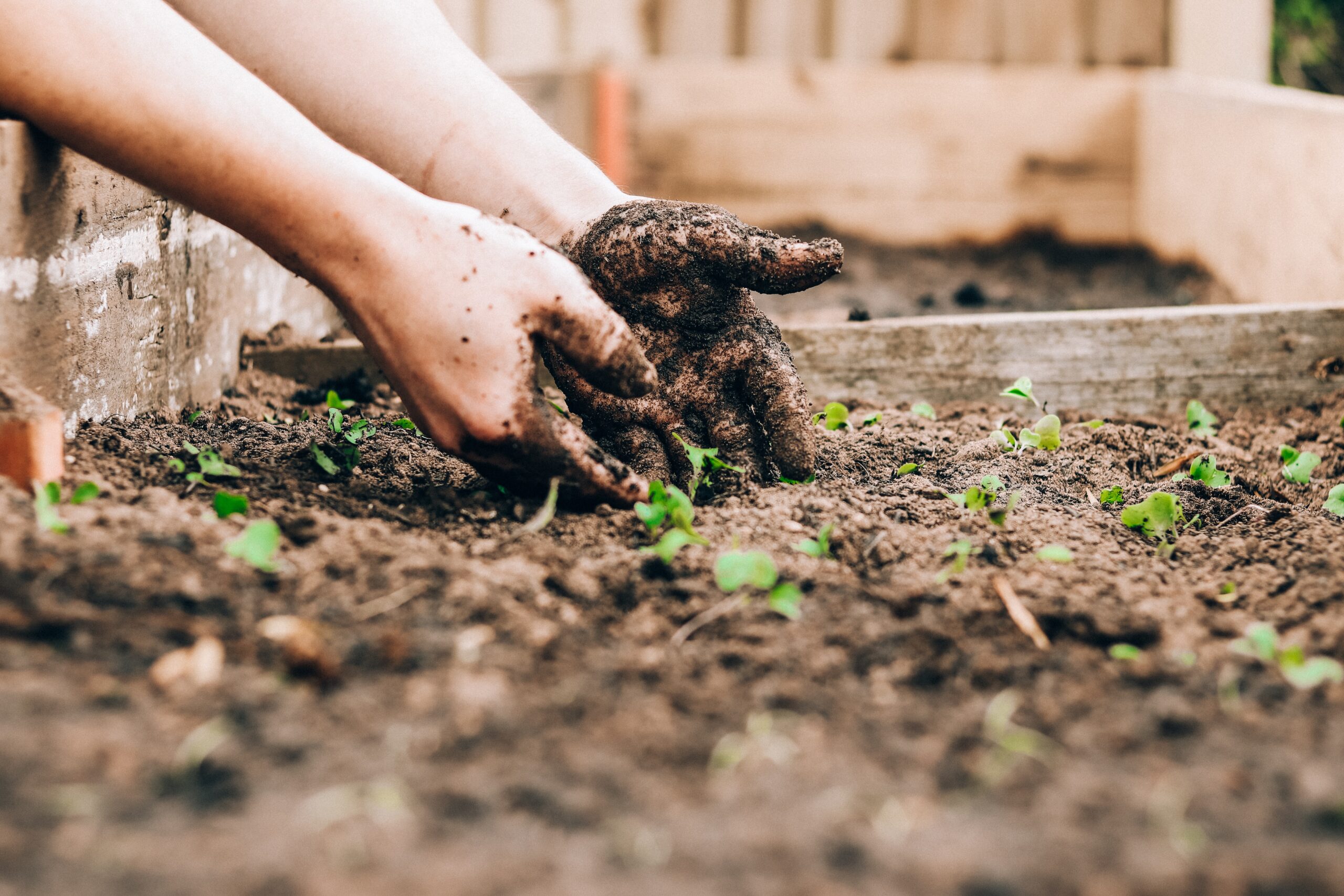By Angela Kazmierczak
Gardening has its fill of watering, weeds and worms. But what a person decides to grow can help lighten the load. For those planning on hitting the lake but still wanting fresh veggies this summer, here are five low-maintenance vegetables and fruits to seed in your backyard. These plants require little effort, keeping those visits to the hardware store for mite powders and fertilizers to a minimum.
#1. Rhubarb (Perennial)
Did you know that Rhubarb is packed full of vitamin K1, which helps reverse blood clotting and blood thinning in the body. It’s also an incredibly hardy plant that thrives on an initial cold snap. Unlike most plants, this plant produces a bounty of stalks from the cold. The only snag: first-year rhubarb can’t be harvested as it weakens the root system. Be sure to plant in rich soil and not eat the leaves.
#2. Lettuce (Grown as annual)

Planted indoors, outdoors, in raised garden beds and containers, lettuce thrives in rural and urban settings. Lettuce can also emerge from a cold ground, covered in frost. No fertilizer is necessary, it only needs to be watered weekly. If planted in a cold, damp spot, expect slugs in the spring or fall.
#3. Raspberries (Perennial)
Rich in vitamins C, A and E, antioxidants and selenium (an essential mineral known to improve fertility, the immune system and cognition), raspberries prevent an array of conditions, according to Medical News Today. They’re worth keeping around.
Overcrowding or dried up raspberry branches will need pruning, but it isn’t as cumbersome with a small patch. And one or two plants can produce hundreds of juicy berries, so there’s no need for lots of plants. A word of caution: stray away from planting yellow raspberries; they’re ripe with fruit fly larvae and, according to George, who holds a PhD in agriculture, the teeny tiny spotted wing drosophila.
#4. Turnips (Biennial)
Originating in middle and eastern Asia, turnips are an ancient vegetable that settlers introduced to North America in 1550, the Canadian Encyclopedia claims. It comes to no surprise that they flourish in Canada either—turnips thrived in Asia’s milder, more dewy areas. Too much moisture is a recipe for a host of diseases though. That includes fungi, bacteria and oomycetes–all the problems that’ll make a gardener sweat and cry. To avoid the turmoil, simply avoid overhead irrigation, like sprinklers, or weeding when the ground is drenching wet. Weeding wet soil sometimes introduces diseases.
Despite the risks posed from wet conditions, turnips are worth seeding. Praised for its fiber, vitamins K, A, C, E, folate, omega-3 and 6 and minerals, turnip is one healthy vegetable. Whether the turnips are eaten raw in salads or roasted through, there is an abundance of vitamins. According to Buckner, turnips are a reliable crop and “have saved many people from starvation throughout history.”
#5. Potatoes (Perennial, annual)
Potatoes, those starchy, delicious-when-fried vegetables, aren’t afraid of cooler temperatures like tomatoes or peppers. To grow potatoes, Miracle-Gro Company recommends you plant them “two to four weeks before the last frost in the spring,” and plant in well-draining soil with an acidic pH between 4.8 and 5.5.

The cooking options are endless for potatoes, and if a person stores some potatoes over the winter and lets them sprout, they can be reseeded, sprout side up, the next year.
Fun tip: Potatoes the size of boulders are watered at the base at least once or twice week, especially when blooming. The potatoes become ginormous from the watering because they are mostly comprised of water, about 77 per cent.
Not that these veggies didn’t make the cut, but peas, Jerusalem artichokes, tomatoes, beans, cilantro, dill and various squashes are also easy to grow.
COVER PHOTO by Sandie Clarke on Unsplash






